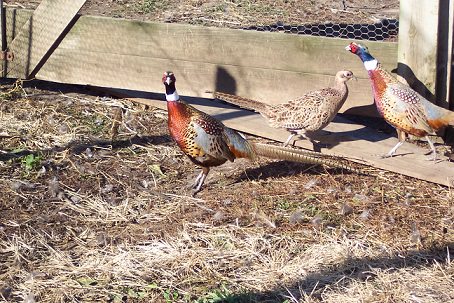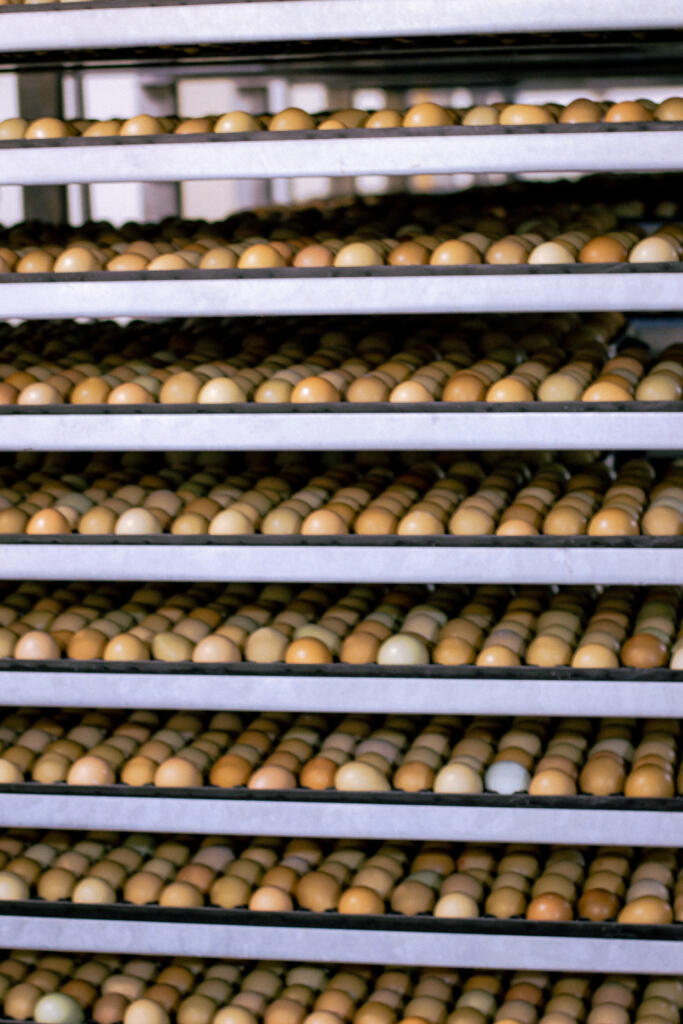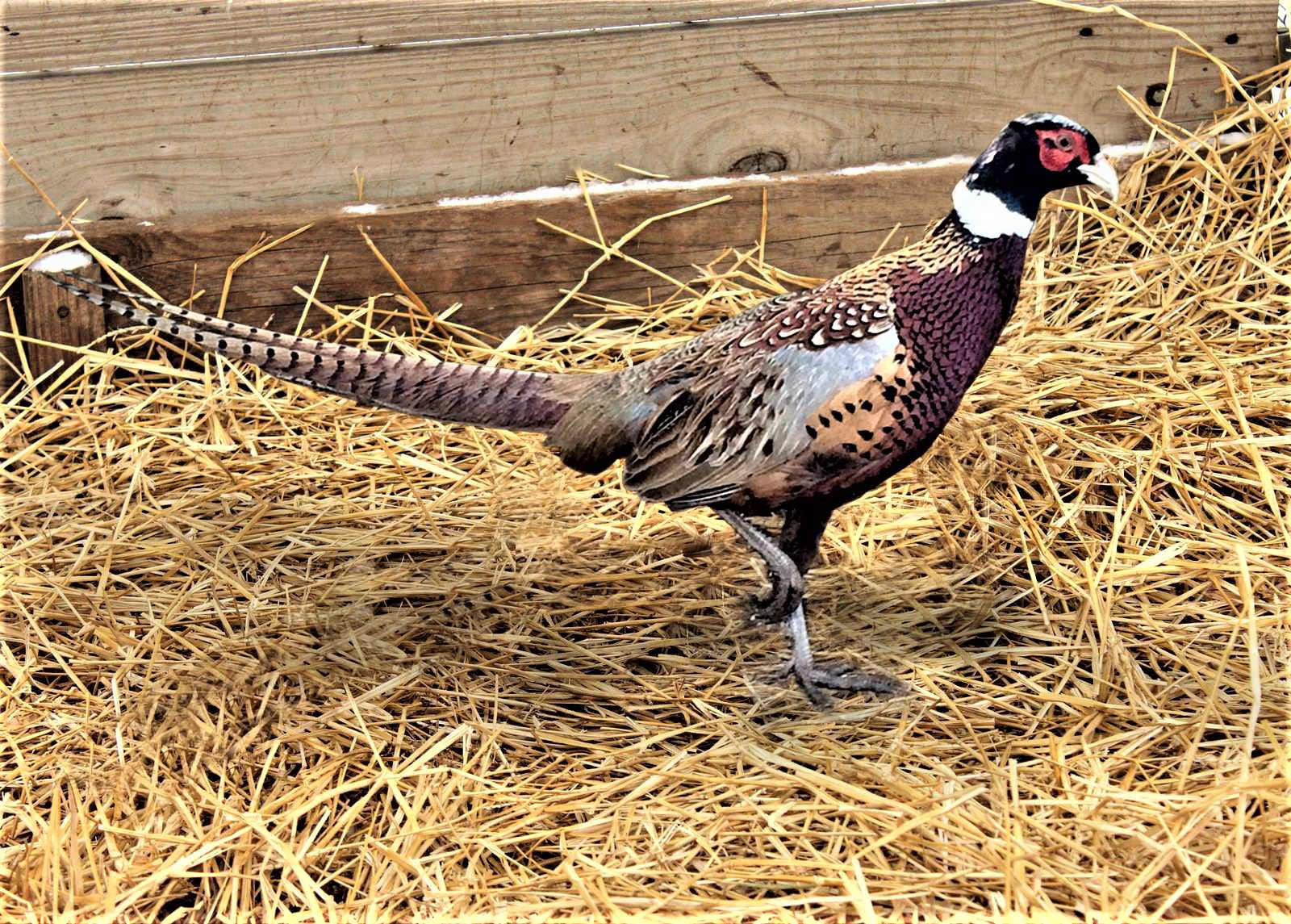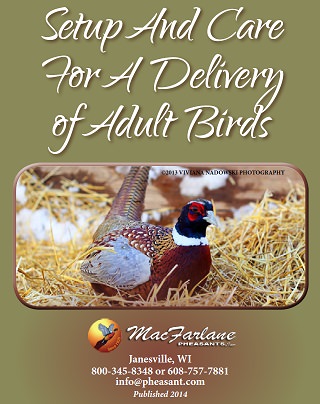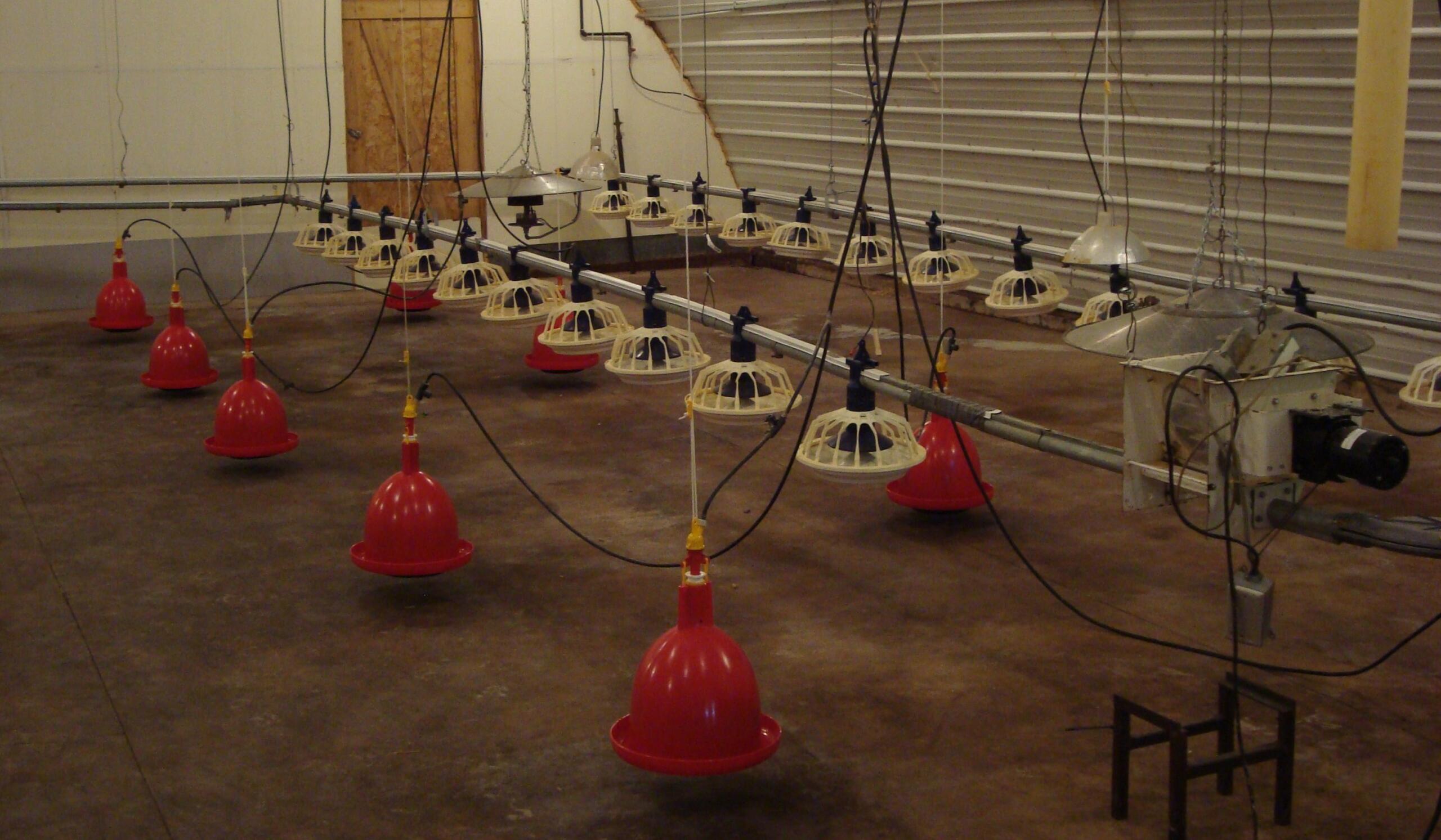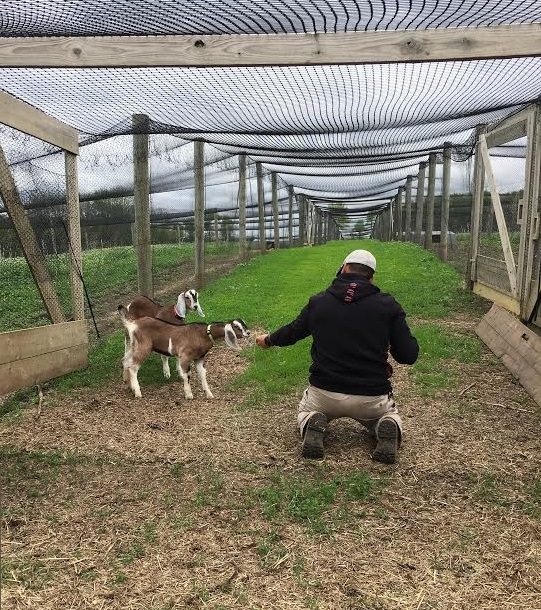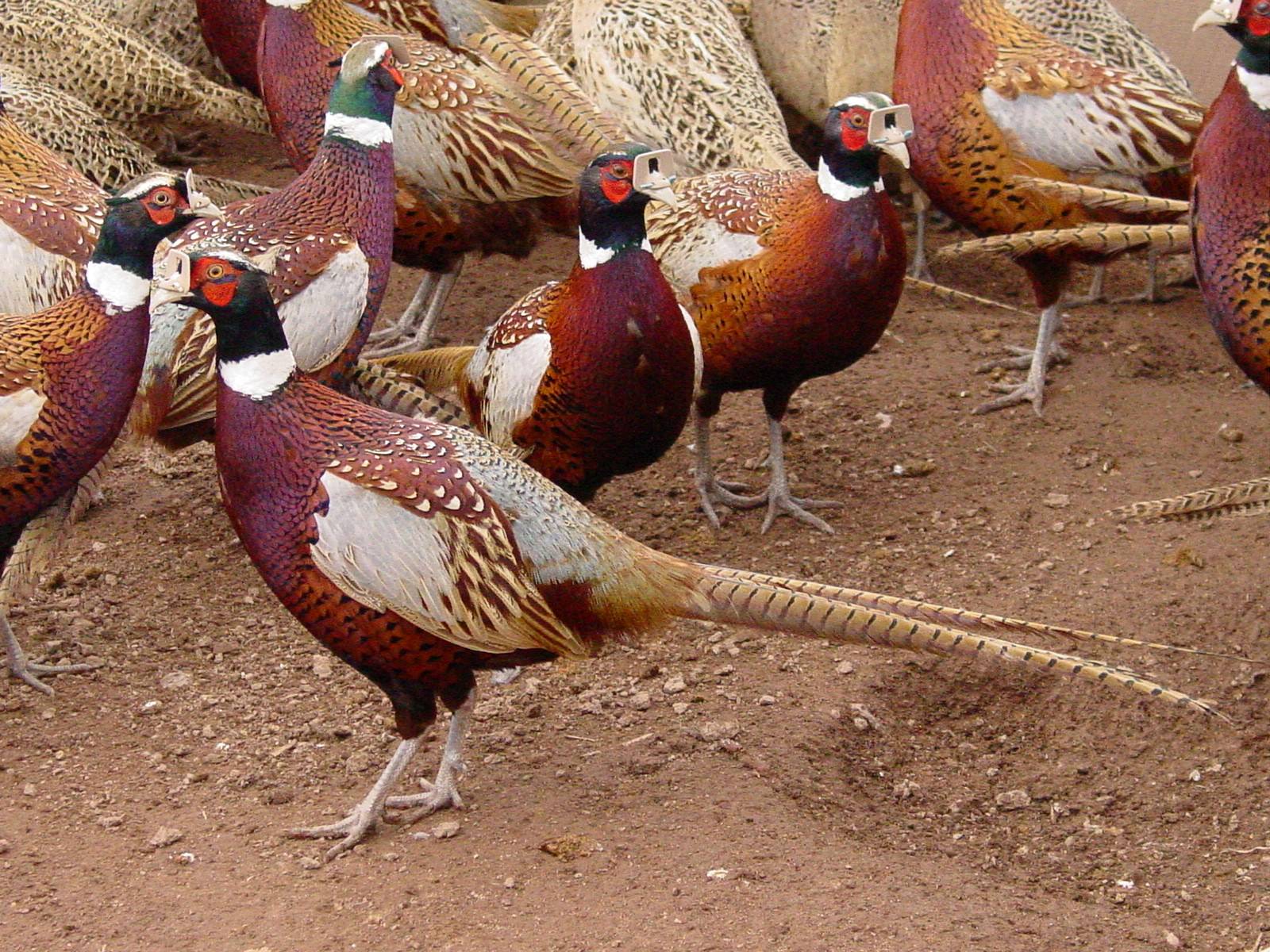Turkeys vs Pheasants
Here in Wisconsin, we have entered into the spring turkey-hunting season. Hunters can register for weeks ranging anywhere from the beginning of April thru the end of May. This got us to thinking, how do turkeys and pheasants compare?
First, let us discuss the similarities. Both are classified in the same animal family, the Phasianidae. This family is the largest of the branch Galliformes, which is comprised of more than 150 different species. They are most prevalent in Europe and Asia. Here are some other facts regarding these two:
Sleeping Habits
Turkeys: Despite the fact that turkeys are commonly seen on the ground, during the night they can be found nesting in a tree. This keeps them from being underfoot of predators.
Pheasants: Their habitat tends to vary based on the seasons. During the warmer months, they too can be found in trees or shrubs. During the fall, they can be found in overgrown marshes or where vegetation has become denser. During the winter, they look for any type of grassy or wooded cover.
Eating
Turkeys: Wild Turkeys feed on nuts, seeds, fruits, and small insects.
Pheasants: A pheasant’s diet consists of grains, seeds, berries, insects and small animals.
Life Expectancy
Turkeys: On average, a turkey can survive in the wild for an average of 3-4 years before either being killed off by a predator dying of natural causes.
Pheasants: The lifespan of a pheasant in the wild is only 10-20 months.
Offspring
Turkeys: Turkeys lay eggs on the ground. They lay between 4-17 eggs at a time.
Pheasants: It is common for wild pheasants to lay 12+ eggs.
With both pheasants and turkeys, the males do not take any part in the care of their young. This is left up to the female.
Size
Turkeys: A turkey averages anywhere from 11lbs to 24lbs.
Pheasants: Pheasants are much smaller, averaging around 2 1/2lbs.
Here, we not only have the spring turkey hunting season, but we also have a fall season that begins in September and can run through as late as the end of December. With pheasant hunting, the season is much shorter, and falls between the middle of October and end of December. Both birds can create a fun hunting experience for all!
Related Posts
Preparing Our Barns & Pens Each Spring
Read Post
Our Milton Farm in 2024!
Read Post
10 Steps to Prepare for a Delivery of Mature Game Birds
Read Post
4 Steps to Keeping Pheasants Healthy in Winter
Read Post
6 Feed and Water Procedures to Keep MacFarlane Pheasants Healthy
Read Post
Can Goats Be Helpful on a Pheasant Farm?
Read Post
Catching Mature Pheasants
Read Post
Choosing the Right Type of Game Bird
Read Post
Take Advantage of These Free Resources
As the biggest game bird farm in the United States, we want to share our experience with you. Download our free resources below and get started.


